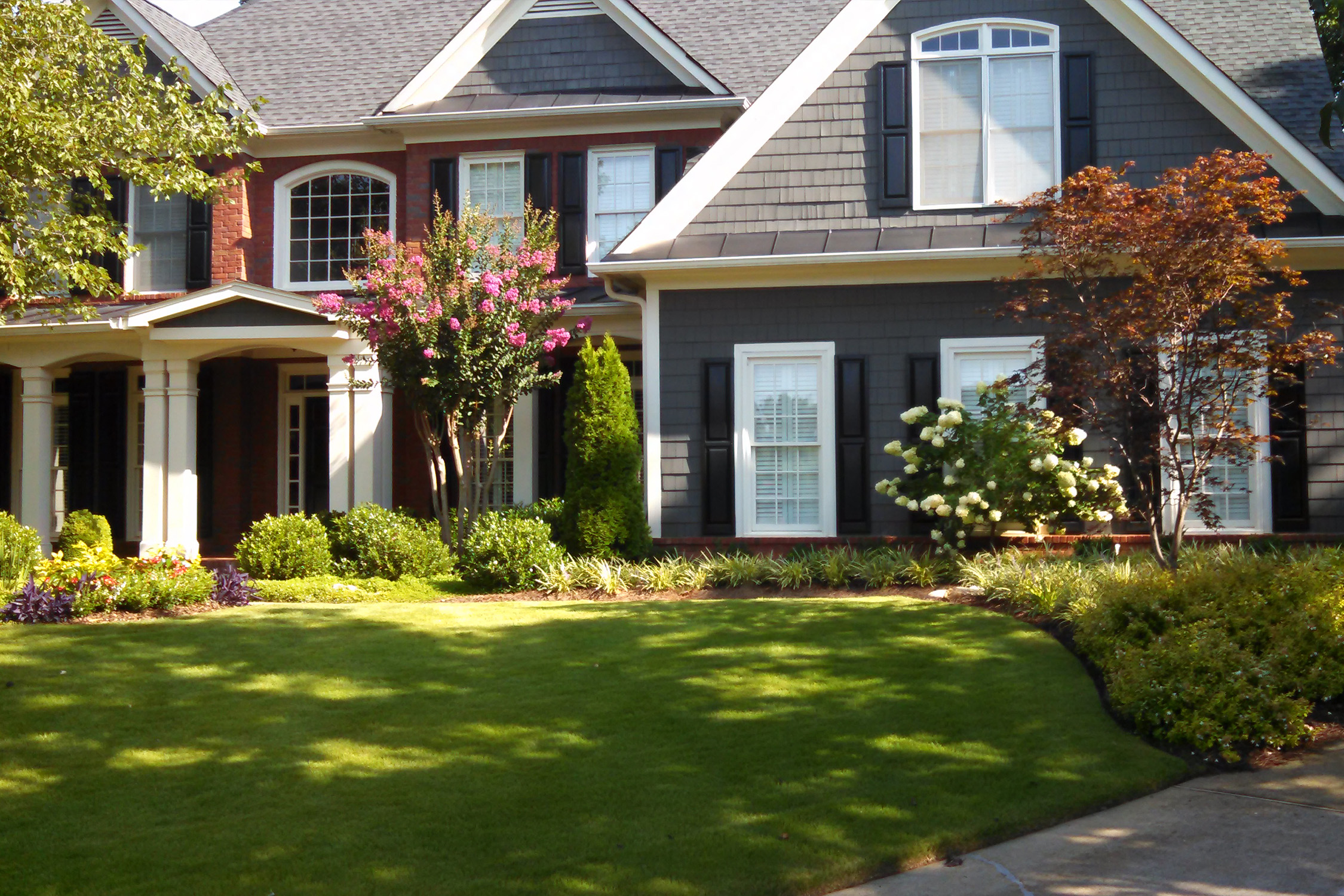Many homeowners believe once they complete an installation project, they will never have to do any more planting again. The truth is, even the best designed and installed landscape will need tweaking as it ages, and as the horticultural plant life cycle comes to an end.
A well-designed landscape can typically grow and mature for about five to seven years before things need to be adjusted. This timeframe depends on the size of the material planted during the initial installation.
What can you do you extend the life of your landscape?
The first couple of years are critical to the long-term growth of the landscape. A landscape that has longevity requires three elements – proper hand pruning, fertilization and managed irrigation.
Hand pruning
Hand pruning is just that – use your snap-cut handsaws, loppers, and hand pruning tools to prune plants as they mature. In the first couple years, it may just be tipping the shoots of new growth to create balance in the plant canopy. As years progress more aggressive, technical pruning will be needed to manage the plants’ growth.
If you have specific questions about a particular plant in your landscape, send us a photo of the plant, and we can assist you in managing it.
Fertilization
A balanced tree and shrub fertilizer spread throughout the entire planting area is important for establishing long-term plant health. Soil tests are also very helpful, and should be conducted at least once every three years. Soil tests allow you to monitor your pH and check for the presence of the basic nutrients in your soil. In southern states, such as Georgia, iron deficiency is a problem for a variety of plants and shrubs, including azaleas. (If your leaves are yellow, the plant either needs iron or is getting way too much water.) A supplemental, trace element fertilization product can help with nutrient issues.
Irrigation management
The death of any good landscape is overwatering plants. On initial installation, watering frequently is critical, but as the landscape matures, plants need less moisture to maintain healthy root growth. Selecting plants that are more drought tolerant and following proper planting techniques can help plants use less water over time.
That said, there are some plants in the landscape that need additional water. Having your irrigation system evaluated and adjusted to meet the needs of a maturing landscape is very important. Conduct an irrigation audit of your system every three years to make sure you’re not overwatering or wasting water in your landscape.
Upgrade your landscape at the end of its life cycle
Once you’ve reached that seventh year, some plants may begin to tire out and some may have outgrown their space. The original small tree that was planted in the front yard is now a larger shading tree, and the bed line needs to be adjusted to compensate for the decline in sunlight on the turfgrass. This is common and is hard to avoid. Planting a balanced landscape with a strategic plant selection can reduce the need for major plant renovation.
Eventually, the time will come to refresh your landscape. Like any renovation, changes to your landscape can be exciting and rejuvenating. If you feel that your landscape is starting to outgrow itself, contact us at (678) 500-9867 for a consultation.







